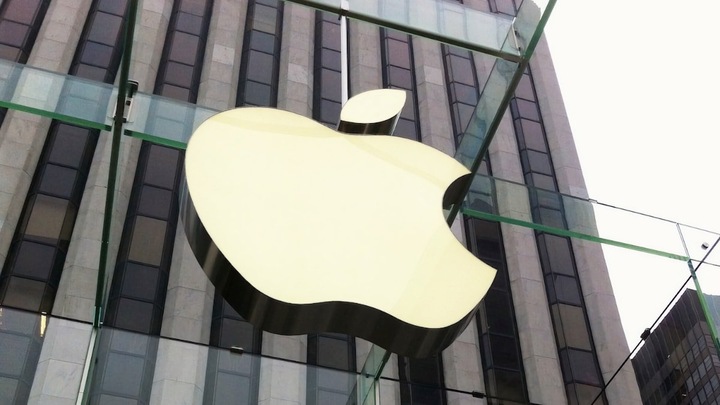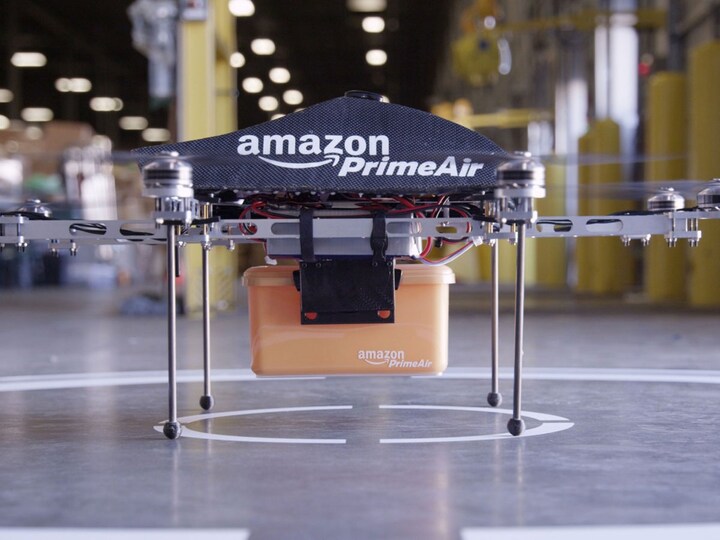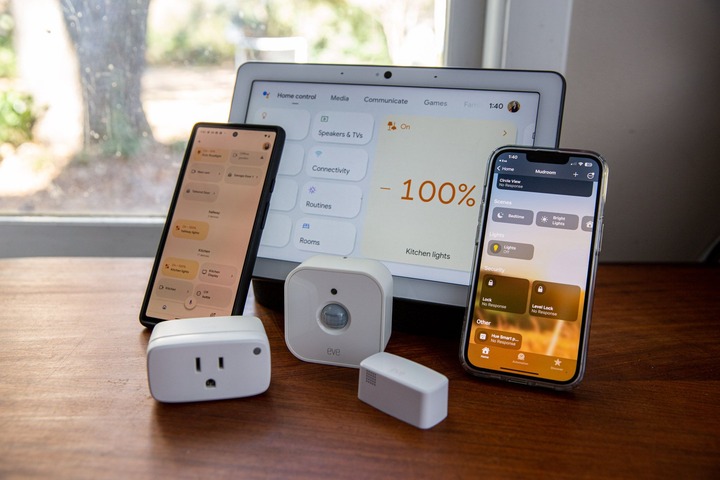Robert Herjavec: From a poor immigrant to a millionaire ‘shark’
Robert Herjavec is a Croatian-Canadian entrepreneur, investor, and TV personality.
About
Herjavec developed the Canadian Internet security software integrator BRAK Systems, which he later sold to AT&T Canada (now Allstream) for $30.2 million. He established The Herjavec Group in 2003, which currently has over $200 million in yearly revenue and is one of Canada’s leading IT and computer security organizations.

He has appeared in episodes of the CBC Television program Dragons’ Den and the ABC program Shark Tank, in which he is an investor. He has published books on how to succeed in business as well.
Early Life
Robert Herjavec was born in Croatia in 1962. The nation was then a part of Yugoslavia, a socialist one-party state ruled by Communists. Herjavec’s father was a strong and courageous man who was determined to speak forth against the ruling system and its unjust form of government.
Unsurprisingly, his father’s outspoken opposition to communism frequently resulted in imprisonment. And his father eventually had enough after being arrested over 22 times. He so managed to get away from his captors and left the nation with his family. The family of Robert Herjavec moved to Canada for just $20, but his father ultimately got a job in a factory.
Although it wasn’t much, there was just enough money to support a family. Herjavec was only 8 years old at the time, but the authoritarianism back at home, as well as the poor economic circumstances and the pessimism that his father railed against, had a profound effect on his mental makeup.
Herjavec, who grew up close to poverty, decided to make improvements to his family’s and his own lives at the age of 14. He finally find his way to college and graduated from the University of Toronto with degrees in political science and English literature, and then entered the professional world with a heart full of ambition and a head full of optimism.
Success Story
He created BRAK Systems, a corporation that specialized in security integration, after becoming familiar with the ins and outs of the computer industry. Herjavec’s company flourished quickly becoming one of the leading security integration businesses in North America.
And luckily for Herjavec, AT&T was interested in purchasing his business, which he quickly sold for $20 million. Following that, Herjavec landed an executive role with a corporation called RAMP Networks. He grew the business as the VP of Sales for one of the initial VPN technology providers, which Nokia eventually purchased for $225 million.
Later he founded the Herjavec Group. Similar to his earlier business, he quickly expanded this one into a major force in the IT sector. His company, which is now renowned as Cyderes and is among the biggest in Canada for cyber security, merged with Fishtech Group.
He attracted the attention of a writer for the National Post when he stated that he had paid more than $10 million for a property in the early 2000s. And it was because of this media coverage and publication that he eventually attracted the attention necessary to get a role on Dragon’s Den, a predecessor to Shark Tank in Canada.
Before entirely ending his tenure with The Dragon’s Den in 2009, he also negotiated a deal with ABC’s Shark Tank. The rest is history, as they say. Since then, he has been a constant part of the program, and he has continued to gain fame and recognition.
Herjavec was given the 2012 Queen Elizabeth II Diamond Jubilee Medal by the Governor-General of Canada for Outstanding Service to Canada as well as the 2012 Ernst & Young Ontario Entrepreneur of the Year Award for Technology.

I am a law graduate from NLU Lucknow. I have a flair for creative writing and hence in my free time work as a freelance content writer.




